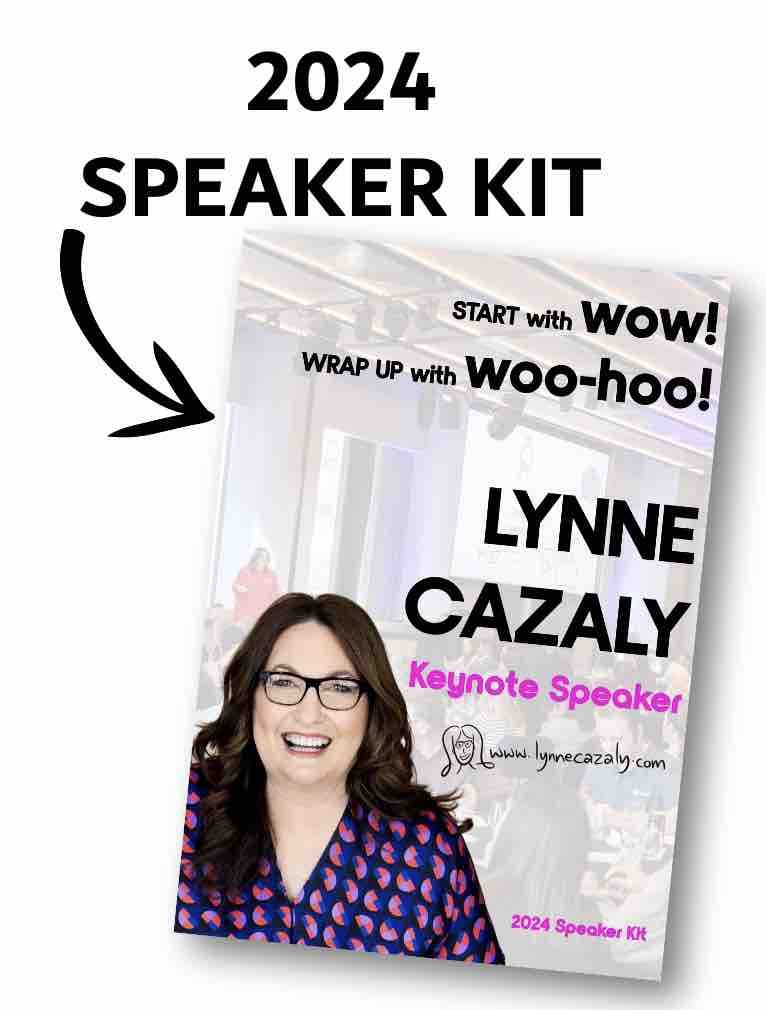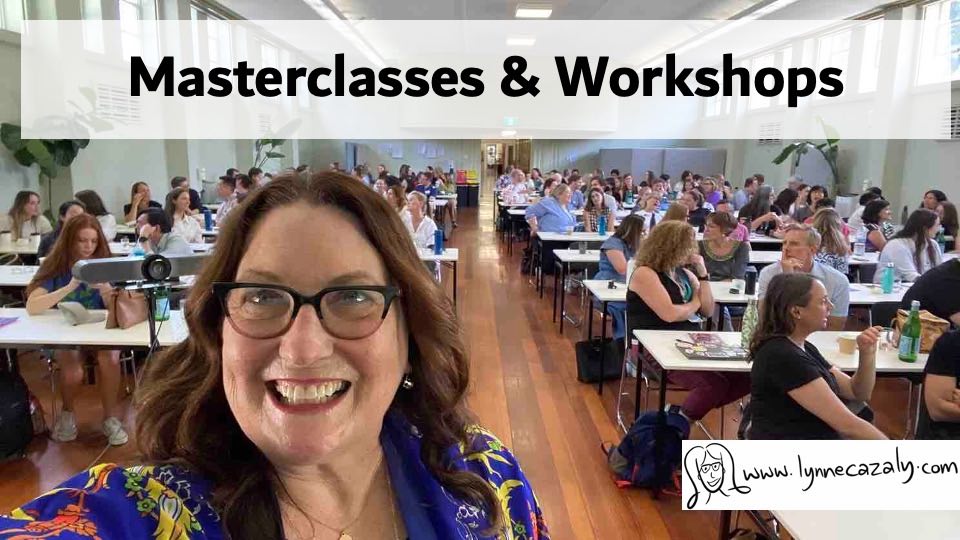Cognitive clutter: it’s not about messy desks and over flowing 'to do' lists.
It’s the cognitive load your mind is under when you’re trying to take in, digest, synthesise and make sense of what you’re hearing, seeing and working with. Too much! Can. Not. Deal.
No wonder we dash off to a technology mental paradise, where we can imagine we’re sipping cocktails poolside or hiking across mountain ranges if the information is all too much.
This is a big reason why it's challenging to engage with people or to fully get their attention - and keep it - in workplace conversations, workshops, meetings and interactions. It's cognitive clutter's fault!
So here's a cognitive broom! It's a template for clarity.

It's a cognitive broom! A template for cognitive clarity.
We've often got too much to think about, remember or process. It's as if you don't have the bandwidth to take anything else on; like someone is using your mind to download a box set on Netflix!
Then when we’re presented with even more information, it just doesn’t get through. Or wait, yes, some info does get through; some familiar pieces make it through thanks to our well-wired confirmation biases.
When you feel hammered with content and Can. Not. Deal. … here are three things to do to sort, make sense and synthesise so you can tidy up the cognitive clutter.
I'll often use the visual model above, with teams who have a lot on their plate or struggle to find their way through a topic, piece of work or discussion, to make sense:
1. Get context quick!
Context gives your eyes, mind and brainpower something to filter to. Rather than trying to take in everything, context will help your mind call out and grab various pieces of highly relevant information. The information will latch on and magically file itself.
>> I like to write a phrase, topic or point in the template space, the blue speech bubble at the top. What's this thing all about?
2. Get something down - anything!
Of all the stuff you’re thinking and talking about, get some of it down on paper. Something. Anything. We are way too verbal in the workplace, expecting people to remember what's spoken. No wonder people scribble madly on spiral notebooks trying to capture the essence.
>> In the template, capture a couple of chunks o’content. You’ll be able to handle some more real soon.
3. Close the loop on what is done or good or decided.
In an effort to do, we often don’t stop adding to the list so we keep raising new topics. Get something done and ticked off. Stop starting, start finishing. Once it's done it gets shifted to another part of our memory. There's an 'Aaaaahhhhh' feeling, like when you sit in a chair at the end of a long day. Feel it.... aaaaah!
>> Write a few dot points in the circle to show what's good and done.
4. Some more randoms...
Capture a few more random thoughts. This keeps freeing up and tidying up the clutter. You don’t need to know where they go right now, simply get more stuff down. Maybe it connects to what else you’ve got there, or it may well be different.
You’ll feel and see the bandwidth freeing up; people in your group or team will see some connections, they'll be making sense and connecting the dots. More clarity will magically come.
They’ll see what you mean. They'll know what it is ...because they've seen it.
And best of all, you’ll be helping others tidy up their cognitive clutter too. Now that is some nice and tidy work. Good job!
 Saturday, November 28, 2015 at 9:11AM
Saturday, November 28, 2015 at 9:11AM 

















